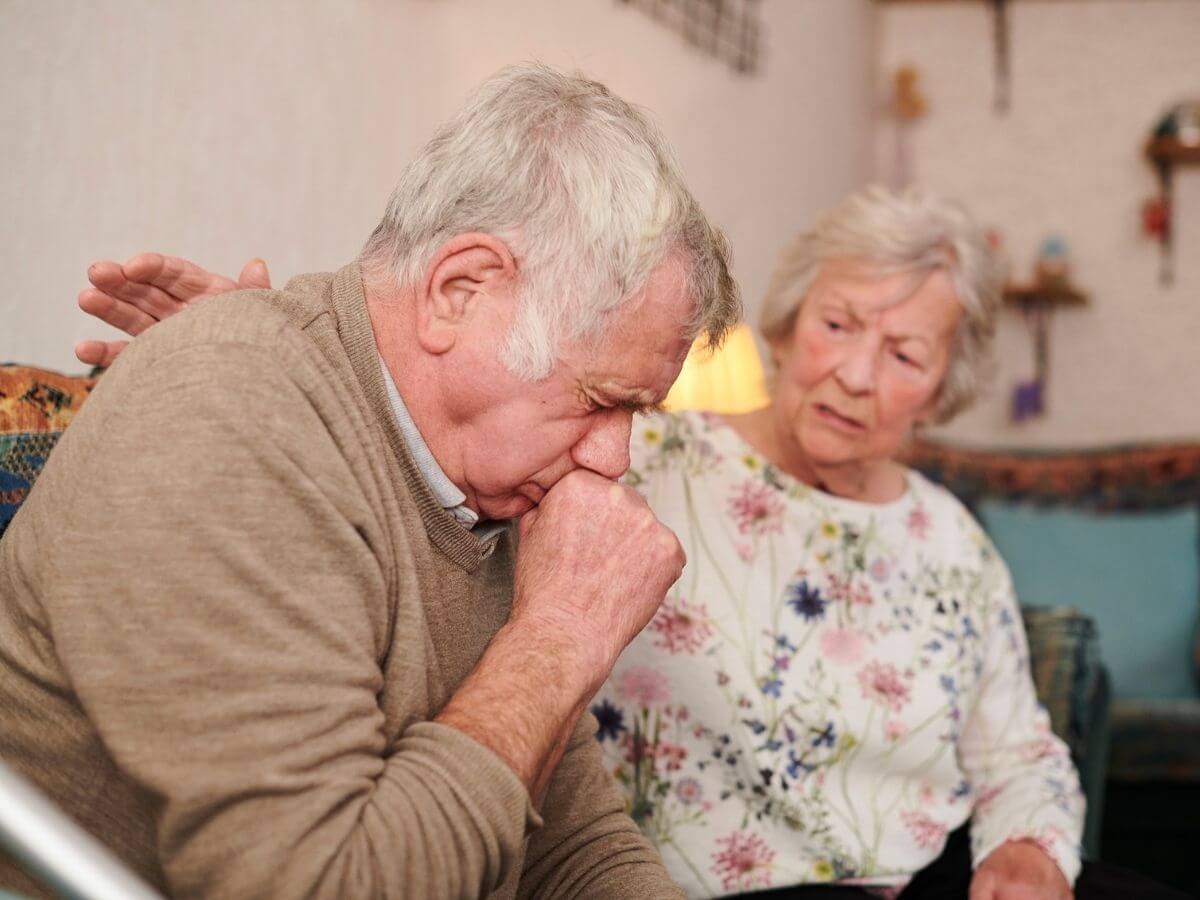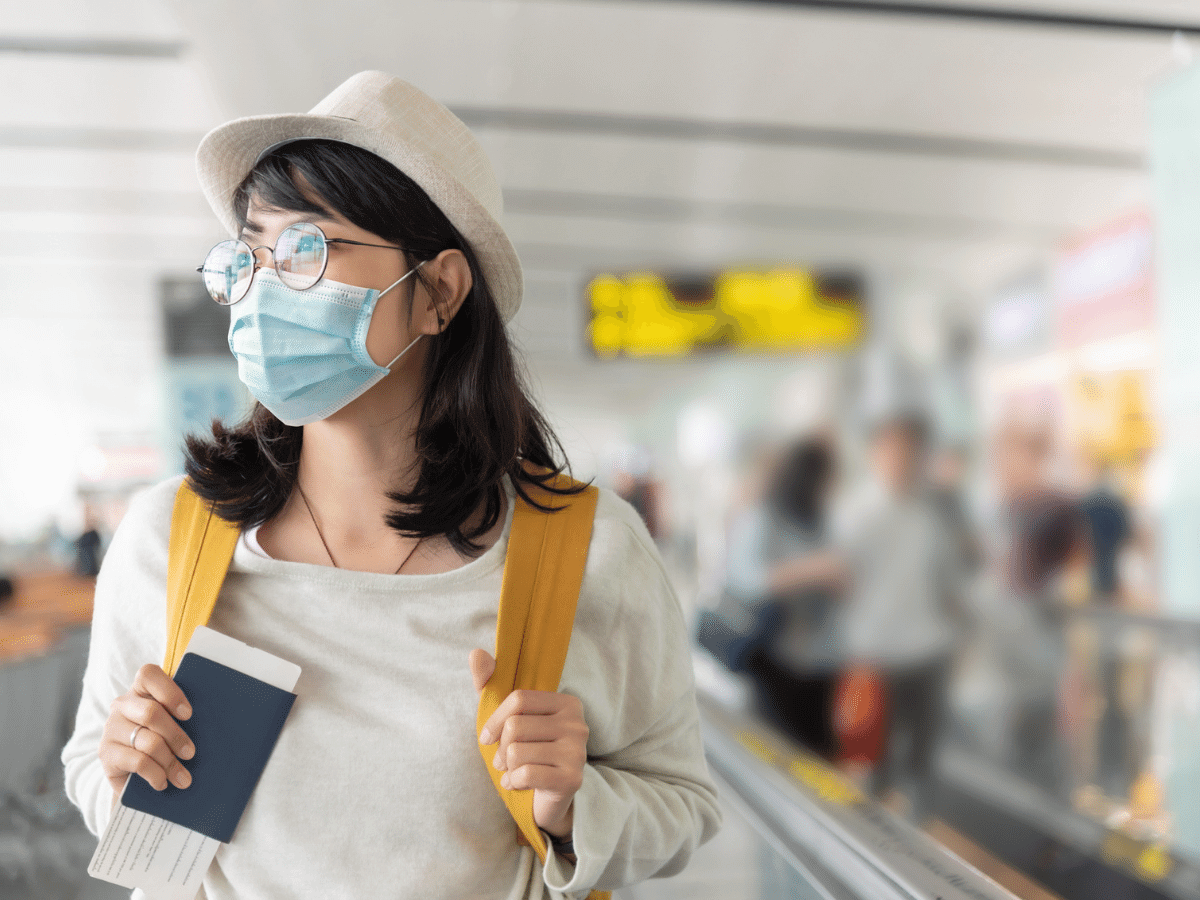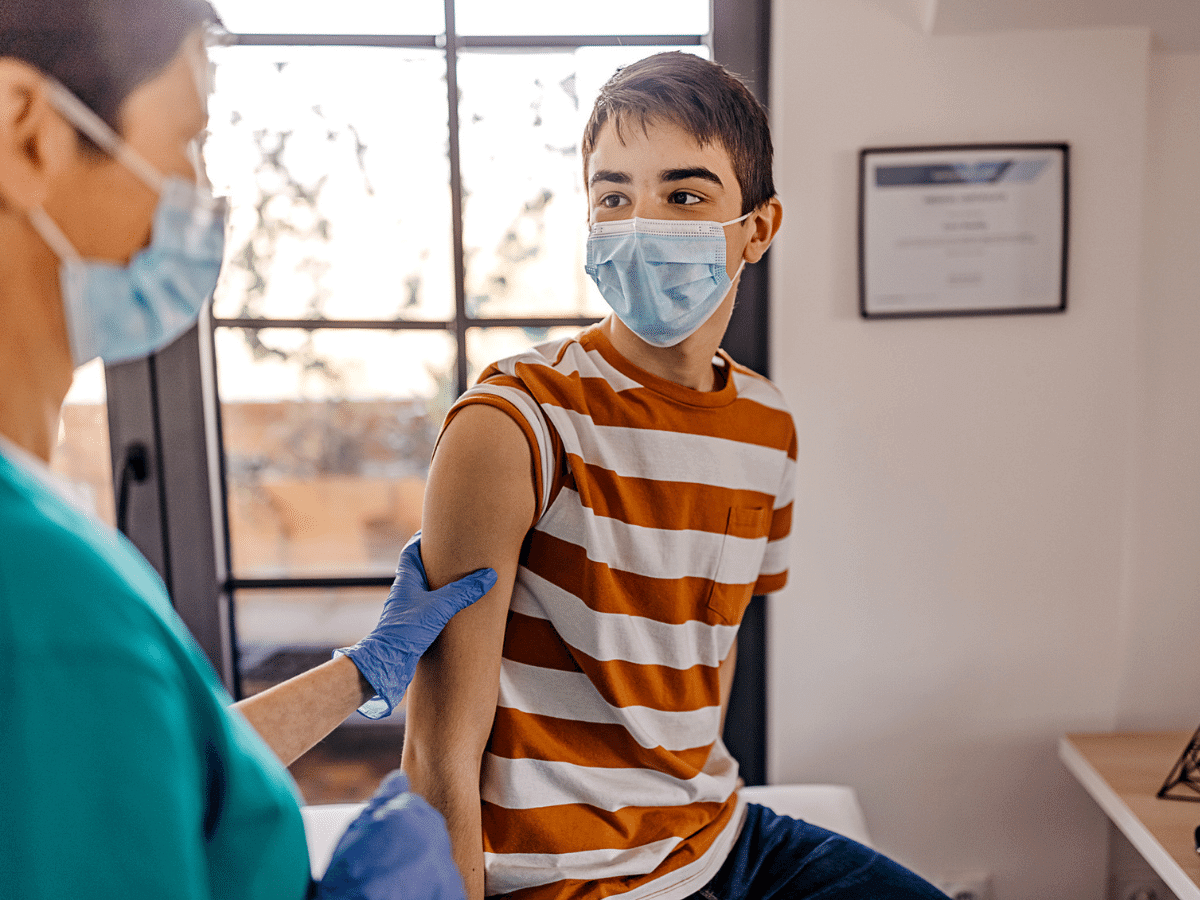Why Are There Two Shots in the COVID-19 Vaccine?

The COVID-19 vaccine currently being distributed in the United States requires two doses to achieve the reported 95% effectiveness level.
Multiple doses are standard for many vaccines. A vaccine works by exposing the body to a small part of the virus so that the immune system can learn to recognize it.
Think of the first dose as a “primer” to help your immune system create the antibodies that will fight the virus that causes COVID-19. Then, three or four weeks later, depending on which vaccine is used, a second dose “reminds” your immune system. By getting two doses, your immune system gets more opportunities to figure out how to counter a future infection.
Subscribe to our newsletter to get the most important health and wellness news delivered straight to your inbox.
The Pfizer COVID-19 vaccine received Emergency Use Authorization (EUA) from the FDA and went into use in the US on December 14. It requires two shots 21 days apart.
The Moderna vaccine requires two shots 28 days apart, it’s expected to receive the same EUA as soon as December 18 and be shipped to hospitals shortly thereafter.
The Centers for Disease Control and Prevention (CDC) is recommending that healthcare workers and residents and employees of long-term care facilities be the first to receive vaccinations, but states can distribute the vaccines as they see fit.
Secretary of Health and Human Services Alex Azar said he expects there to be enough vaccine doses starting the second quarter of 2021 so that anyone who wants a vaccine can get it.
Is the Vaccine Safe?
Pfizer ran tests that included more than 44,000 people. The FDA analysis of the vaccine’s safety and effectiveness on people over the age of 16 has said that it found “no specific safety concerns” that would preclude the vaccine’s use. The Moderna vaccine ran tests that included 30,000 people.
Are There Any Side Effects with This Vaccine?
Yes. Based on what we know so far, many people will have a mild short-term immune response after getting a COVID-19 vaccine. These mean the vaccine is working and can include:
- Fever
- Fatigue
- Headache
- Muscle pain
- Joint pain
- Injection site swelling
- Injection site redness
- Injection site pain
- Chills
- Feeling unwell
Vaccine side effects may happen in 10-15% of people. For most people, these side effects are mild and go away in a couple of days. During early use in the United Kingdom, at least two people experienced an allergic reaction to the Pfizer vaccine.
More Questions About COVID-19 Vaccinations?
If you’d like to learn more about COVID-19 vaccines or have questions about the vaccines currently available, visit the CDC.
Next Steps and Useful Resources:
Find a COVID-19 Testing Site
What is the COVID-19 Vaccine and How Does it Work?
[Podcast] COVID-19: Where are We Now?
What are Clinical Trials?



